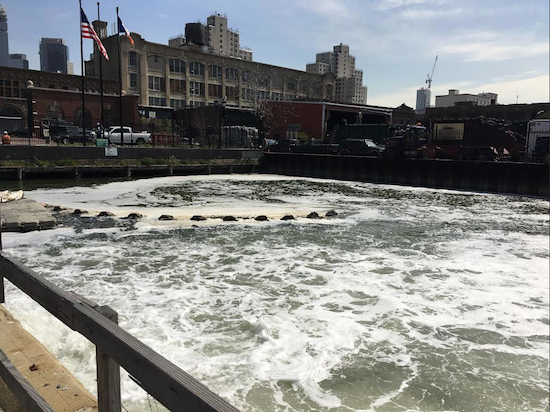EPA, DEP reach preliminary agreement on locations for Gowanus CSO retention tanks
Riverkeeper Is Not Pleased

The first proposed location for the CSO tank at the head of the Gowanus Canal. Eagle photos by Scott Enman
The cleanup of the notorious Gowanus Canal — referred to by some as arguably the dirtiest waterway in America — took a small step in the right direction this month.
The plan to clean the Gowanus Canal — which is estimated to cost $506 million — includes dredging contaminated deposit at the bottom of the canal that has accumulated as a result of industrial and sewer discharges, as well as installing two 8 million-gallon sewage and storm water retention tanks to prevent combined sewer overflow, or CSO.
